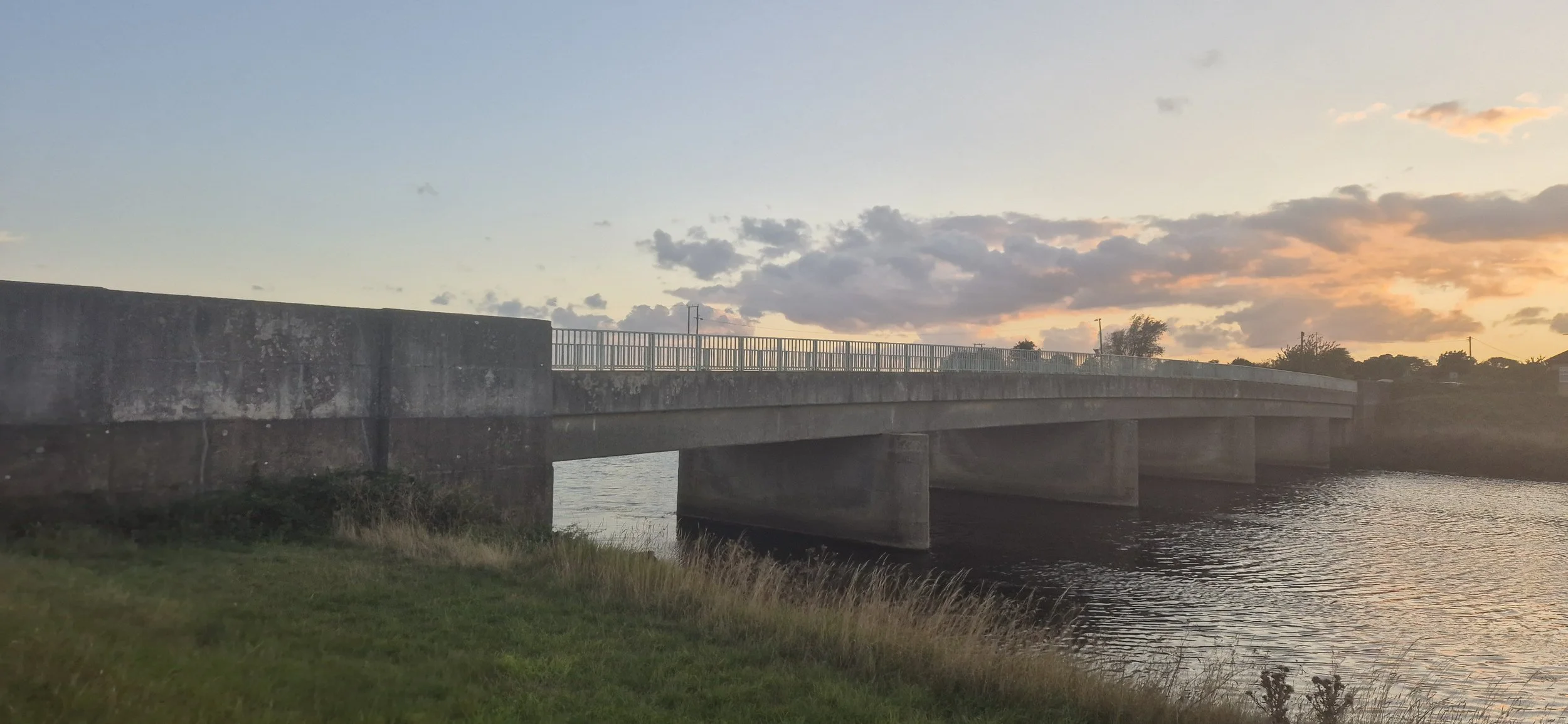Norfolk County Council - Ecology Surveys
When any project takes place, it is vital that all works comply with the relevant environmental legislation to ensure that there are no negative impacts on any of the flora or fauna that may live in the vicinity.
Often at times, this can seem daunting, but our team at Exo Environmental are trained to make sure any project can carry on smoothly whilst keeping in line with environmental legislation.
Over this summer, Exo have been working alongside Norfolk County Council as they carry out essential inspection and investigatory works at a number of bridges. These ranged from sites just outside Norwich in Honingham and Ringland, near the Suffolk border at Starston, to right out west in the Fens at Nordelph and Stow Bardolph.
Wherever they were located, our work at each site began in the same way: with a Preliminary Ecological Appraisal (PEA). This ascertains if there are any immediate species or habitats that could be affected by the works, this includes protected and designated features.
If there is potential for the works to cause an impact to any ecological consideration, whether that be bats, badgers or breeding birds, a more in-depth survey on that particular species will be required.
These surveys are vital because these species are protected under the Wildlife and Countryside Act 1981 and other laws, which makes it an offence to intentionally disturb, kill or capture them.
Each assessment started with a site visit by one of our qualified ecologists on the Exo team, followed by the compilation of a bespoke report for each bridge.
In some instances, the assessment found little risk to species disturbance and simply gave a list of recommendations, such as carrying the work out outside of the bird breeding season and strimming vegetation around the works to discourage habitation.
On the other hand, other sites necessitated a more detailed look. In most cases, this involved a return by night to carry out bat emergence surveys using thermal static cameras and echo sounding devices to record any emergence, foraging or any other activity.
This data was then analysed after the survey and a report written up detailing the findings and any potential next steps.
However, the nesting of Housemartins at the Ringland bridge, alongside the SSSI classification of the River Wensum, meant the project needed further supervision from an Ecological Clerk of Works or ECoW.
This entailed one of the Exo team attending the site during the 5 days of inspection work. This was to make sure the contractors kept in line with the mitigation’s measures set out in the CEMP and did not disturb the protected species or any other fauna in the vicinity of the works, particularly freshwater fish. Thankfully all works were completed without any negative ecological impacts.
If you would like to find out more about the ecology surveys we offer, please get in touch.


